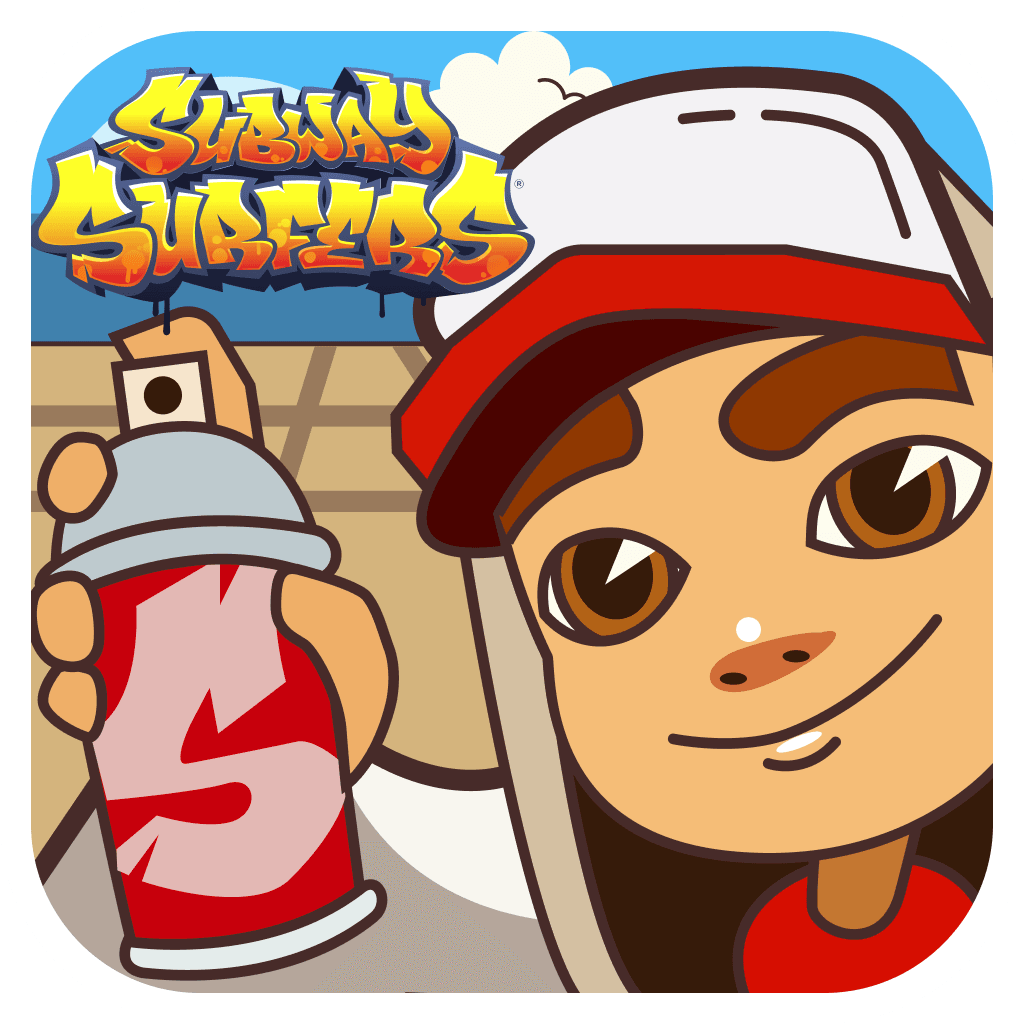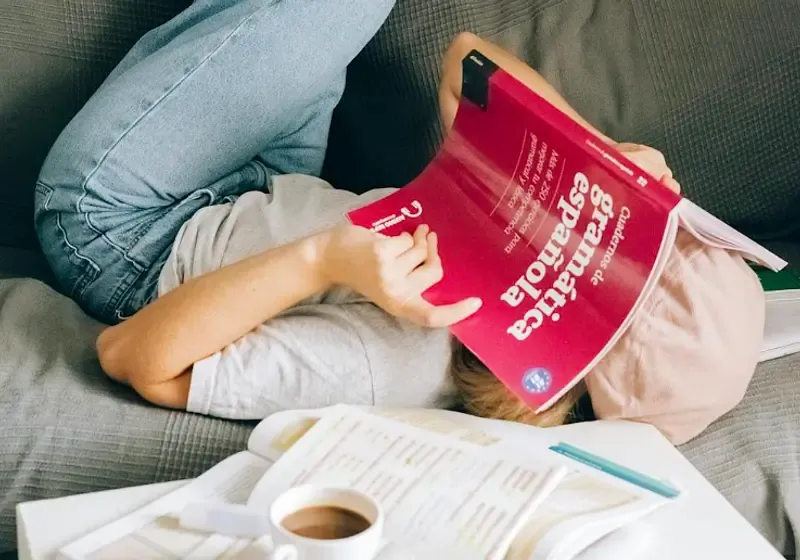

Embarking on a language learning journey can be both exciting and daunting. Let’s explore this topic in more detail with Subway Surfers below, as we delve into the world of rapid language acquisition and discover the challenges and triumphs that await those who dare to take on the 30-day language learning challenge.
Learning a new language in just 30 days may seem like an impossible feat, but with the right approach and dedication, significant progress can be made in a short period. This challenge has gained popularity among language enthusiasts, digital nomads, and students looking to expand their linguistic horizons quickly. The idea is to immerse oneself in the target language for an entire month, using various methods and resources to maximize learning efficiency.
Before diving into my personal experience, it’s essential to understand the principles behind this accelerated learning approach. The 30-day challenge is based on the concept of intensive language study, which involves dedicating a significant amount of time each day to language acquisition. This method aims to replicate the immersive experience of living in a foreign country, where learners are constantly exposed to the target language.
While the challenge doesn’t guarantee fluency in just a month, it can provide a solid foundation and boost confidence in using the new language. Many participants report dramatic improvements in their listening comprehension, vocabulary, and basic communication skills. The key to success lies in consistency, motivation, and utilizing a variety of learning resources.
Read more: Top 10 Reasons to Learn a New Language in 2025
As a young professional with a passion for travel and cultural exchange, I decided to take on the 30-day language learning challenge. My target language was Spanish, a choice motivated by its widespread use and the numerous opportunities it could open up for work and travel in Spanish-speaking countries. Armed with determination and a plethora of language learning apps, I embarked on this linguistic adventure.
The first week was all about building a strong foundation. I started by familiarizing myself with basic Spanish pronunciation and common phrases. My primary tools during this phase were popular language learning apps like Duolingo and Babbel. These apps provided a structured approach to learning, introducing new vocabulary and grammar concepts gradually.
I dedicated approximately two hours each day to active learning through these apps. Additionally, I began listening to Spanish podcasts during my commute and while doing household chores. This passive exposure to the language helped me get accustomed to the rhythm and intonation of native speakers.
One of the challenges I faced during this initial week was maintaining motivation. The novelty of the challenge kept me going, but I knew I needed to develop a sustainable routine to see it through. I decided to set small, achievable daily goals and reward myself for meeting them, which helped maintain my enthusiasm.
As I entered the second week, I felt more comfortable with basic Spanish structures and was ready to expand my vocabulary and tackle more complex grammar concepts. I introduced new resources to my learning toolkit, including Anki for spaced repetition of vocabulary and Conjuguemos for practicing verb conjugations.
I also started using Subway Surfers, a language learning app that gamifies the learning process. This app made vocabulary acquisition more engaging and helped me associate new words with visual cues, enhancing retention. The competitive aspect of Subway Surfers also added an element of fun to my daily practice sessions.
During this week, I increased my study time to three hours per day, focusing on grammar exercises and vocabulary expansion. I began to notice improvements in my ability to construct simple sentences and understand basic written Spanish. However, I still struggled with listening comprehension, especially when native speakers talked at a normal pace.
The third week marked a significant shift in my learning approach. I realized that to make substantial progress, I needed to incorporate more immersive experiences and speaking practice. I started watching Spanish TV shows with subtitles, beginning with children’s programs and gradually moving to more complex content.
To address my speaking skills, I signed up for language exchange platforms like Tandem and HelloTalk. These apps connected me with native Spanish speakers who were learning English. We would have short conversations, alternating between Spanish and English. This real-world practice was invaluable, as it forced me to think on my feet and use the language in authentic contexts.
I also began narrating my daily activities in Spanish, speaking aloud to myself as I went about my routine. This self-talk helped me identify gaps in my vocabulary and pushed me to look up new words relevant to my daily life.
By the end of the third week, I noticed a significant improvement in my confidence when speaking Spanish. While I still made many mistakes, I felt more comfortable attempting to communicate in the language.
In the final week of the challenge, I focused on consolidating my learning and addressing weak areas. I revisited grammar points that I found challenging and dedicated extra time to practicing listening comprehension. I also started writing short journal entries in Spanish, which helped reinforce vocabulary and sentence structures.
As the challenge neared its end, I reflected on my progress and the effectiveness of different learning methods. I found that a combination of structured app-based learning, immersive content consumption, and real-world practice yielded the best results for me.
Read more: How to Start Learning a New Language from Scratch
After completing the 30-day language learning challenge, I gained valuable insights into effective language acquisition strategies. Here are some key takeaways and tips for those considering embarking on a similar journey:
. Consistency is crucial: Dedicate time to language learning every day, even if it’s just for 15 minutes. Regular exposure and practice are more effective than sporadic, lengthy study sessions.
. Diversify your learning methods: Use a variety of resources and approaches to keep your learning engaging and target different aspects of language acquisition. Combine structured app-based learning with immersive experiences and real-world practice.
. Set realistic goals: While the 30-day challenge can yield impressive results, it’s important to set realistic expectations. Focus on progress rather than perfection, and celebrate small victories along the way.
. Embrace mistakes: Don’t be afraid to make errors when speaking or writing. Mistakes are a natural part of the learning process and provide valuable opportunities for improvement.
. Find ways to make learning enjoyable: Incorporate elements of fun into your language learning routine. Use games, watch entertaining content in your target language, or find a language exchange partner with shared interests.
. Prioritize speaking practice: Many learners focus heavily on reading and writing, but speaking is often the most challenging aspect of language learning. Seek out opportunities to practice speaking, even if it’s just talking to yourself.
. Immerse yourself in the language: Surround yourself with the target language as much as possible. Change your phone’s language settings, listen to music or podcasts in the language, and consume media in your target language.
. Use spaced repetition: Incorporate tools like Anki or Quizlet that use spaced repetition algorithms to help you retain vocabulary and grammar concepts more effectively.
. Stay motivated: Find ways to maintain your motivation throughout the challenge. Set small, achievable goals, track your progress, and reward yourself for meeting milestones.
While the intensive 30-day language learning experience yielded significant progress, it’s important to consider the long-term impact of such a challenge. After completing the month-long immersion, I found that my relationship with language learning had fundamentally changed.
The challenge instilled in me a habit of daily language practice, which I’ve continued even after the 30 days ended. This consistent exposure has allowed me to maintain and build upon the skills I acquired during the intensive learning period. Moreover, the challenge helped me identify the learning methods that work best for me, enabling me to create a personalized, sustainable language learning routine.
One of the most significant long-term benefits of the challenge was the boost in confidence it provided. After pushing myself to use Spanish in various contexts for 30 days, I felt much more comfortable attempting to communicate in real-life situations. This confidence has encouraged me to seek out more opportunities to use the language, creating a positive feedback loop that further enhances my skills.